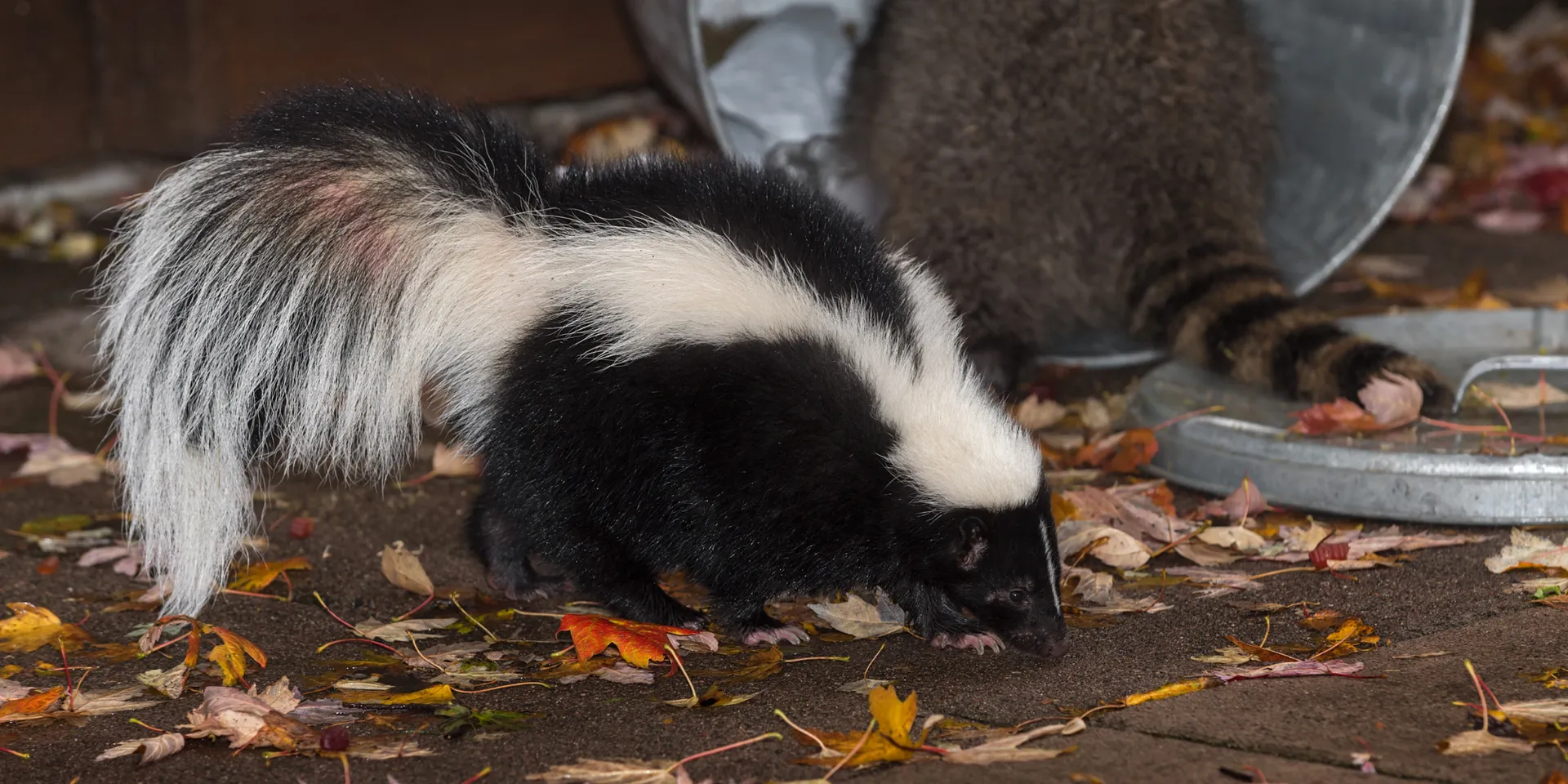What Food Behaviors To Avoid Around Your Home
Most people don’t realize how much their kitchen choices can turn their home into a magnet for wildlife. It’s not just the obvious culprits—like a tipped-over trash can or an overflowing compost pile. Even things like birdseed, pet food, and certain fruits can send an irresistible invitation to raccoons, squirrels, opossums, and even larger animals like deer and bears. The problem? Once they find an easy meal, they’ll keep coming back.
Understanding what’s luring animals onto your property is the first step to stopping them. And while you don’t have to give up everything in your pantry, knowing how to store, dispose of, and handle these foods can make a huge difference.
The Smell Of Opportunity
For wildlife, food isn’t just about sight—it’s all about smell. Animals have a sense of smell far stronger than ours, which means the faintest scent of food scraps, fruit peels, or even spilled sugar can send them sniffing around your yard.
The biggest offender? Garbage. If your trash cans aren’t sealed properly, raccoons, rats, and opossums will have a field day tearing through leftovers. Even if you think you’ve wrapped everything up neatly, a single whiff of last night’s dinner can be enough to attract unwanted guests.
It’s not just garbage either. BBQ grills, outdoor eating areas, and even garden compost heaps can become hotspots for hungry creatures. Grease residue on a grill or crumbs left on a patio table can turn into an easy buffet. To keep animals from poking around, regularly clean up any food spills, hose down your grill after use, and secure trash in wildlife-proof bins.
Pet Food: A Feast For More Than Just Your Pets
Leaving pet food outside might seem harmless—maybe you’ve got an outdoor cat or a dog that enjoys a snack on the patio. But to wild animals, that unattended bowl is a free meal. Raccoons and opossums are particularly fond of kibble, but it can also attract rodents, skunks, and even larger animals like foxes or coyotes.
Even if you feed your pets indoors, it’s easy to overlook a few spilled pieces of kibble. A single food pellet might not seem like much to you, but to a mouse or rat, it’s a jackpot. And where there’s one, there’s usually more.
To keep pet food from becoming a wildlife buffet, avoid leaving food outside overnight and store bags of kibble in airtight containers inside your home or garage. It’s also a good idea to feed pets at designated times instead of leaving food out all day.
Fruit Trees And Garden Bounty
Fresh fruit and vegetables aren’t just appealing to humans—they’re a major draw for all kinds of wildlife. If you’ve got fruit trees, berry bushes, or a vegetable garden, chances are you’ve already noticed the occasional bite taken out of your produce.
Deer are notorious for raiding gardens, snacking on tomatoes, lettuce, and anything leafy. Squirrels and raccoons will gladly help themselves to fallen fruit, and rodents won’t hesitate to burrow under the soil to get at root vegetables. Even birds can be a problem, swooping in to peck at whatever they can find.
If you want to protect your harvest, pick fruit as soon as it ripens and don’t leave fallen produce on the ground. Netting, fencing, and motion-activated deterrents can also help keep animals at bay. For smaller plants, try companion planting with strong-smelling herbs like rosemary or mint to make your garden less appealing.
Bird Feeders: Feeding More Than Just Birds
Bird feeders can be a peaceful, enjoyable addition to any yard, attracting colorful species and bringing nature a little closer to home. The problem is, they don’t just feed birds. Squirrels, rats, raccoons, and even bears are drawn to the easy meal, often making a mess in the process.
One of the biggest issues with bird feeders is spilled seed. Birds aren’t exactly neat eaters, and whatever falls to the ground becomes an invitation for rodents and other scavengers. If you’ve got a bird feeder, placing a catch tray underneath can help reduce the amount of seed that reaches the ground.
Using squirrel-proof feeders can also help, but if you’re in an area with larger wildlife, like bears, it might be best to take feeders down altogether during peak activity months. It’s also a good idea to bring them inside at night to avoid unwanted visitors rummaging around in the dark.
Sweet Scents And Leftover Crumbs
Some of the most surprising wildlife attractants aren’t what you’d expect. Sugary foods, for example, can be a huge draw for everything from ants and bees to bears and raccoons. Whether it’s a sticky juice spill on the deck or an uncovered soda can left outside, anything with a sweet scent can pull animals in from a distance.
Even non-food items, like scented candles or fruit-scented air fresheners, can trigger curiosity. If you frequently dine outdoors, be mindful of what gets left behind. Wipe down tables and chairs, rinse out drink cans before tossing them, and avoid leaving food wrappers in easy-to-reach places.
The same goes for pet waste. While it’s not something we associate with attracting wildlife, certain animals, like coyotes and rodents, can be drawn to the smell. Regularly cleaning up your yard can help reduce these less obvious attractants.
It’s easy to forget that the foods we enjoy every day can be just as tempting to wildlife. Once animals start associating your home with an easy meal, getting rid of them becomes a lot harder. But with a few small changes—securing trash, properly storing food, and keeping outdoor areas clean—you can reduce the chances of unwanted visitors.
If you’re already dealing with a wildlife problem, it’s best to address it before it gets worse. Integrated Wildlife Management specializes in humane and effective solutions to keep animals where they belong—out in nature, not in your backyard. Contact us today, and let’s take back your space from unwanted guests.

